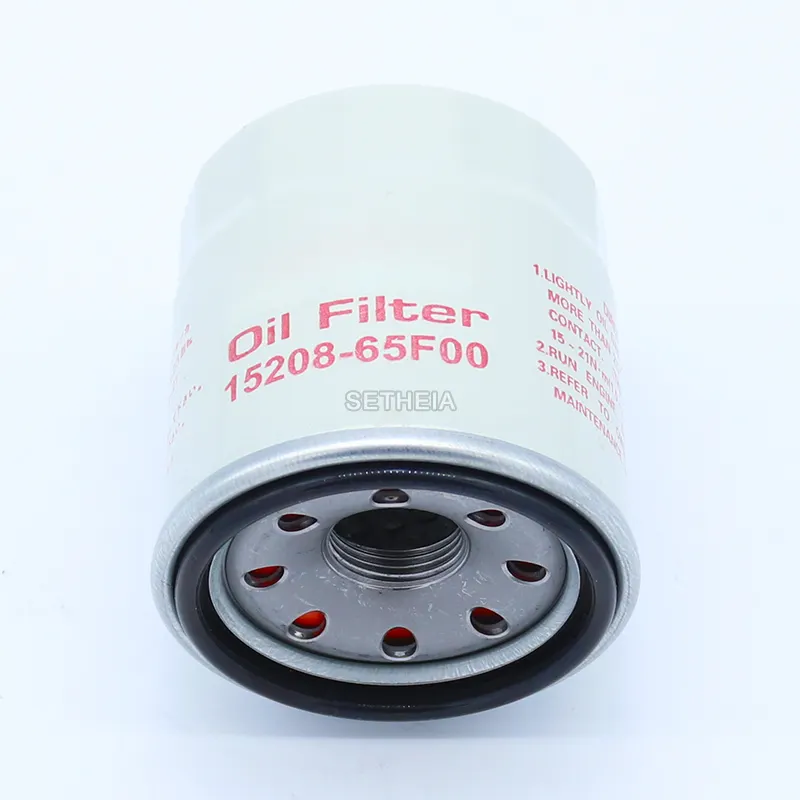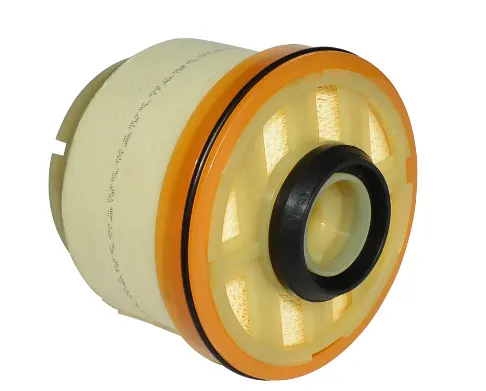jun . 03, 2025 19:14 Back to list
What Is an Air Cleaner Element? Enhance Auto Engine Performance & Longevity
- What Is an Air Cleaner Element?
- Filtration Mechanism Fundamentals
- Critical Engine Protection Functions
- Common Automotive Filter Types
- Performance Data and Technical Advancements
- Leading Manufacturer Comparison
- Selection and Maintenance Guide

(what is air cleaner element)
What Is an Air Cleaner Element?
An air cleaner element serves as the primary defense barrier for internal combustion engines, intercepting airborne contaminants before they enter critical engine components. Functioning as the respiratory system of vehicles, these disposable filters capture dirt, dust, pollen, and industrial pollutants through specialized filtration media. Statistics show that engines without adequate air filtration experience 65% faster wear rates on pistons and cylinders.
Filtration Mechanism Fundamentals
Automotive air filters operate on three-stage particulate capture principles. The initial inertial separation layer traps larger particles (above 100 microns) through abrupt airflow redirection. Smaller particles (down to 5 microns) then become ensnared in the intricate fiber network of the primary filtration layer. Finally, electrostatic media captures sub-micron contaminants through molecular attraction. Modern filtration media achieves 99.7% efficiency for particles exceeding 20 microns while maintaining airflow resistance under 25mm H₂O at maximum engine demand.
Critical Engine Protection Functions
Unfiltered air causes irreversible abrasion damage to cylinder walls and piston rings - a single gram of ingested dust can scour engine surfaces equivalent to traveling 800km without filtration. Contaminant infiltration triggers premature wear in four critical zones:
- Combustion chamber - silica particles cause micro-welding on piston crowns
- Turbocharger compressors - unbalanced blade erosion leads to boost pressure loss
- Throttle bodies - particle accumulation disrupts airflow metering precision
- Mass airflow sensors - coating contamination causes lean/rich fueling errors
Common Automotive Filter Types
Four primary filter configurations dominate modern vehicle applications:
- Panel filters - Rectangular pleated media construction (85% of passenger vehicles)
- Radial seal cylindrical - Circular designs for heavy-duty applications
- Oil-bath systems - Mostly historical; used in 12% of pre-1990 commercial vehicles
- Performance conical filters - Increased surface area; popular in modified applications
Material composition divides into cellulose (standard), synthetic blends (premium), and cotton gauze (high-performance). Premium synthetic filters offer 3.2x greater dirt-holding capacity than basic cellulose while maintaining airflow consistency longer.
Performance Data and Technical Advancements
Filter innovation focuses on reconciling filtration efficiency with airflow resistance. Recent breakthroughs include:
| Technology | Filtration Efficiency | Airflow Improvement | Service Life |
|---|---|---|---|
| Nanofiber coating | 99.5% @ 3 microns | +18% CFM | 50,000 miles |
| Hybrid media | 98.1% @ 5 microns | +12% CFM | 45,000 miles |
| Conventional | 96.7% @ 10 microns | Baseline | 30,000 miles |
Industrial applications increasingly adopt centrifugal pre-cleaners that eject 80% of debris before primary filtration, extending component lifespan by 125% in high-dust environments like construction and agriculture.
Leading Manufacturer Comparison
Premium aftermarket filters differ substantially in composition and performance:
| Manufacturer | Media Technology | Dirt Capacity (grams) | Restriction Rate (kPa) | Warranty |
|---|---|---|---|---|
| Mann-Filter | Dual-layer synthetic | 243 | 1.8 | 5-year |
| Donaldson | PowerCore nanofiber | 298 | 1.6 | Lifetime |
| K&N Engineering | Cotton gauze + oil | 87 (washable) | 0.9 | 10-year |
Independent testing reveals nanofiber filters maintain 96% of initial efficiency at 90% dust capacity versus 78% retention in cellulose designs. Fleet operators report 3.1% average fuel efficiency improvement when upgrading from basic to premium filters.
How to Choose and Maintain an Air Cleaner Element
Selecting the appropriate air cleaner element requires matching filter specifications to operational conditions. Consider these factors:
- Dust environments: Construction zones require 50% higher capacity filters than urban commuting
- Vehicle age: Engeries over 100K miles benefit from premium synthetics' superior protection
- Driving patterns: Frequent short trips necessitate 20% shorter service intervals
Maintenance protocols vary by type: disposable elements require replacement every 15,000-30,000 miles while performance filters need cleaning every 50,000 miles using specialized solutions. Visual inspection every oil change remains critical - light obstruction causes 3-5% horsepower decline, while severe blockage (evidenced by collapsed filter media) can trigger 22% fuel economy penalties. Always install according to airflow direction markings and ensure sealing surfaces remain contamination-free.

(what is air cleaner element)
FAQS on what is air cleaner element
Q: What is an air cleaner element?
A: An air cleaner element is the replaceable filtration component inside your vehicle's air intake system. Its primary job is trapping dirt, dust, and debris before they enter the engine. This protects engine components from abrasive contamination and maintains optimal air-fuel mixture.
Q: Why is an air cleaner element important for cars?
A: The air cleaner element safeguards your engine by blocking harmful particles from entering combustion chambers. Clean airflow ensures efficient fuel burning and prevents premature engine wear. Neglecting it can reduce performance and fuel economy.
Q: What are the main types of automobile air cleaner elements?
A: Common types include pleated paper filters, washable foam filters, and cotton gauze filters. Paper is standard for most vehicles due to low cost and effectiveness. Performance models often use reusable foam or cotton for enhanced airflow.
Q: How does a dirty air cleaner element affect engine performance?
A: A clogged element restricts air supply to the engine, disrupting the air-fuel ratio. This causes rough idling, reduced acceleration, and increased fuel consumption. Severe blockage may trigger engine warning lights or stalling.
Q: When should I replace my vehicle's air cleaner element?
A: Replace it every 15,000-30,000 miles depending on driving conditions. Check it annually - if it appears heavily soiled or damaged, install a new one immediately. Off-road or dusty environments require more frequent changes.
-
Antiskid Tires - Superior Wet Traction & Durable Safety | Buy Online Now
NewsJul.21,2025
-
Premium Fuel Filter Element for Diesel Engine Models 23390-0L040 & 0L041
NewsJul.20,2025
-
Antiskid Tires Premium Grip & Safety for Enhanced Driving
NewsJul.20,2025
-
Toyota Corolla Hatchback Cabin Air Filter – High Efficiency & Easy Installation
NewsJul.08,2025
-
Premium Canister Fuel Filter Supplier High Quality Oil Filtration Solutions
NewsJul.08,2025
-
Premium Car Filter Oil Solutions Leading Car Oil Filter Exporter Hyundai Car Oil Filter Exporters
NewsJul.08,2025


